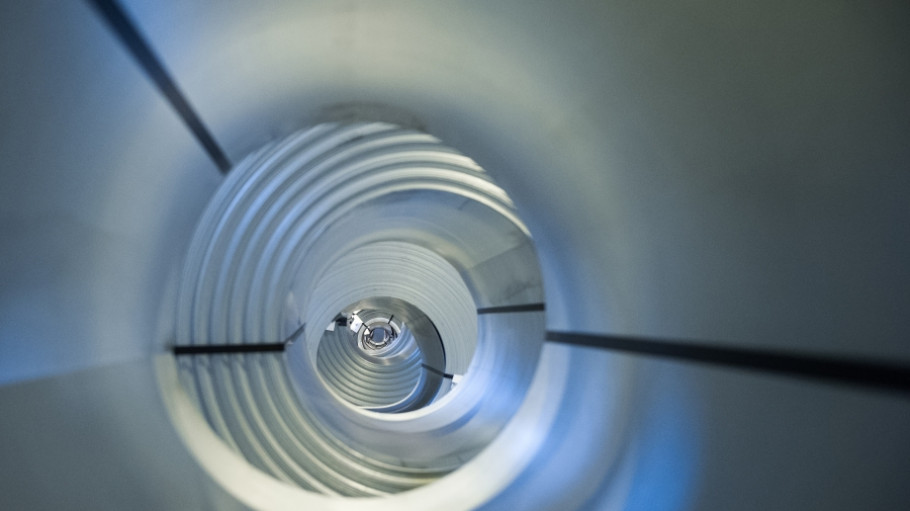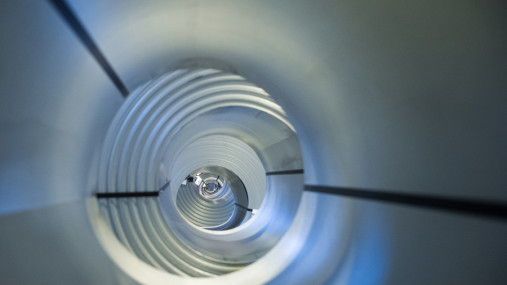
News » European Steel in Figures 2020 released
European Steel in Figures 2020 released
Downloads and links
Recent updates

European Steel in Figures 2020 includes data up to, and including full year 2019. Employment was steady, even though with demand on the domestic market fell off over the year. The expansion of steel-using sectors, which had been underway for a number of years, came to a halt. The overall performance of the steel market was weak in 2019. Apparent consumption was down 5.3% to 154 million tonnes – with a further and marked loss of momentum in the last quarter of the year.
Imports also fell, by 11.5%, returning to levels seen in 2016-2017. Steel-using sectors, such as automotive, are beginning to see reversals – which has an impact on their current and anticipated demand for steel. Whereas previous estimates for growth suggested that there would be a return to expansion in 2020, with the coronavirus pandemic, this now seems impossible. EUROFER regularly publishes information about the present state of the market in its quarterly Economic and Market reports, and additional analysis can be found in EUROFER’ Annual Report 2020.
Updated research – accurate at the time of writing for 2019 and included in this guide – shows the extent of the employment and economic footprint of the European steel sector. Counting direct, indirect and induced employment, we find that there are as many as 2.67 million people that work in and around the industry, equivalent to slightly more than twice the population of Brussels. The multiplier effect of the 330,000 direct jobs in the sector is nearly eight times.
The Gross Value Added (GVA) of the European steel industry is also upwards of €140 billion if direct, indirect and induced effects are factored in.
Also updated in this guide is information on scrap imports and exports as well as slag production and use in the EU steel sector. More than 40 million tonnes of this by-product are created alongside the production of steel annually in Europe. Slags of various kinds go on to find a wide number of uses, including as fertilisers, or in construction and water treatment – almost nothing goes to waste.
All these statistics help give an overview of the European steel industry today. Awareness of the employment, production, demand and trade challenges that face the sector help guide us and policy makers in making the right decisions today for the future of one of Europe’s most essential and strategic industries.

Download files or visit links related to this content
Strasbourg, 17 December 2025 – The European Commission’s latest proposals on the Carbon Border Adjustment Mechanism (CBAM), unveiled today, correctly identify several loopholes that risk undermining its effectiveness, notably regarding EU exports, downstream sectors and circumvention practices. However, despite these laudable efforts, the measures put forward fail to deliver a comprehensive and durable response to carbon and jobs leakage, warns the European Steel Association (EUROFER).
A milestone occasion to quickly and effectively restore affordable electricity, to relaunch the
decarbonization and strengthen the international competitiveness of the European steel
industry.
Brussels, 02 December 2025 – Unchanged negative conditions – U.S. tariffs and trade disruptions, economic and geopolitical tensions, protracted weak demand and still high energy prices – continue to weigh on the European steel market. EUROFER’s latest Economic and Steel Market Outlook confirms for 2025 another recession in both apparent steel consumption (-0.2%, unchanged) and steel-using sectors (-0.5%, revised from -0.7%). A potential recovery is expected only in 2026 for the Steel Weighted Industrial Production index (SWIP) (+1.8%, stable) and for apparent steel consumption (+3%, slightly revised from +3.1%) – although consumption volumes would still remain well below pre-pandemic levels. Steel imports retained historically high shares (27%), while exports plummeted (-9%) in the first eight months of 2025.